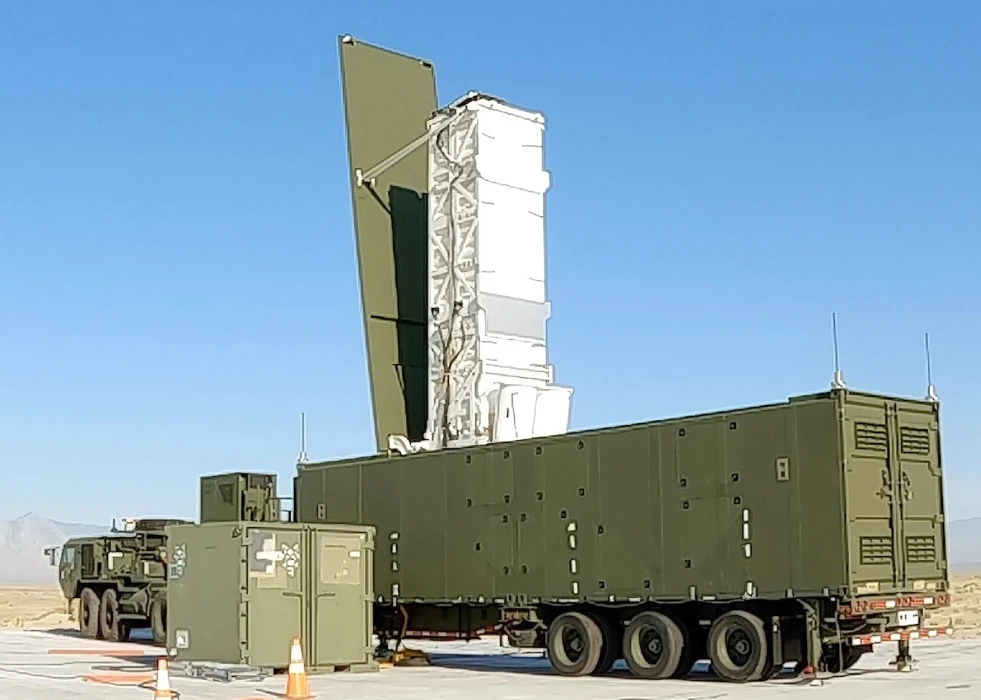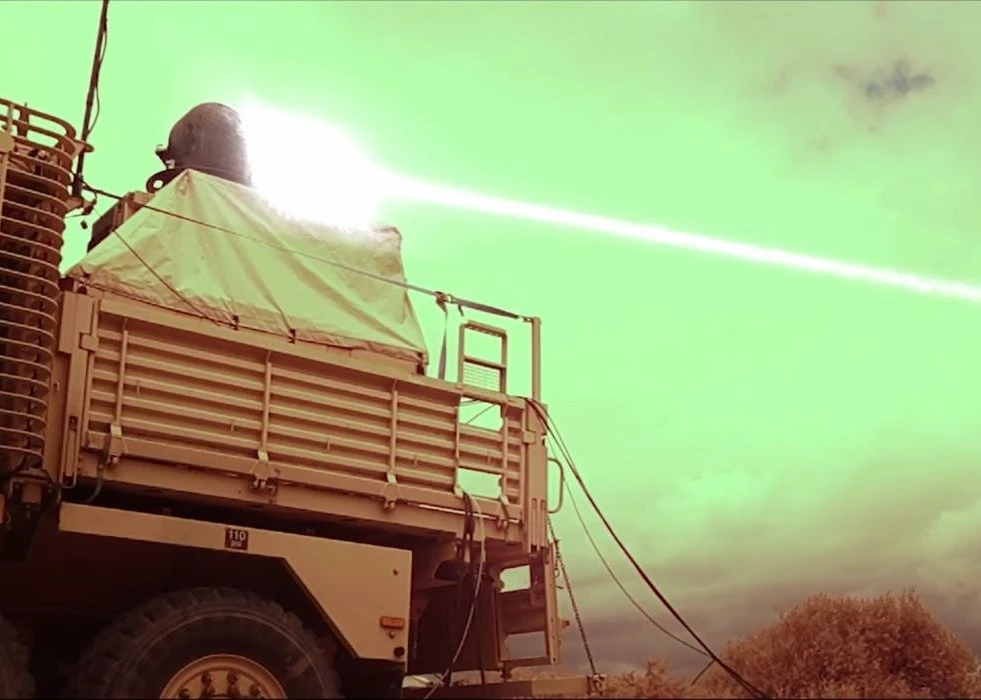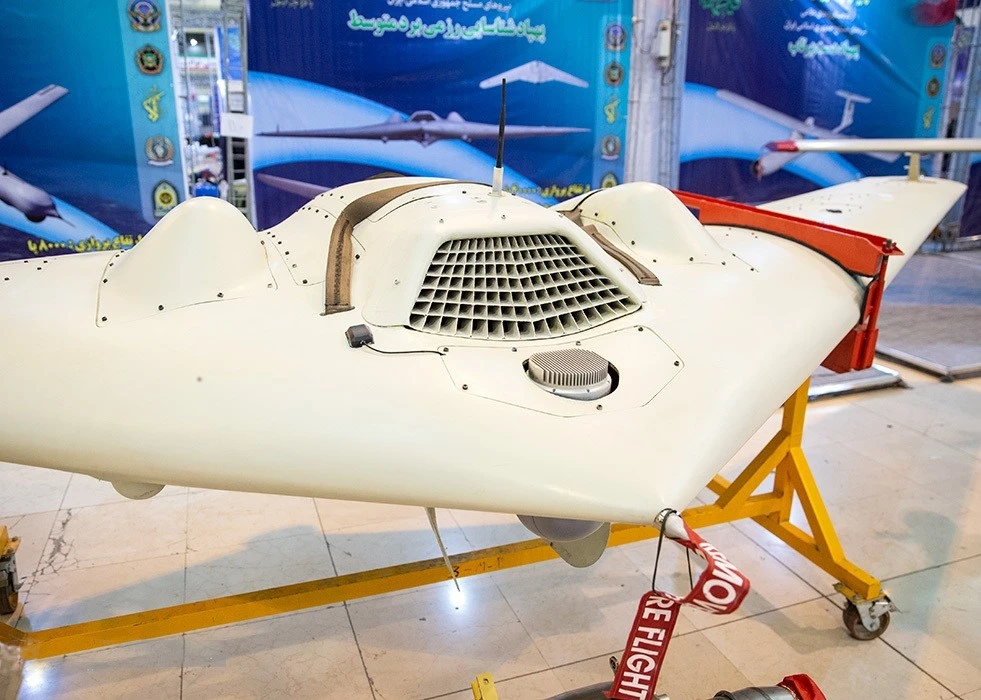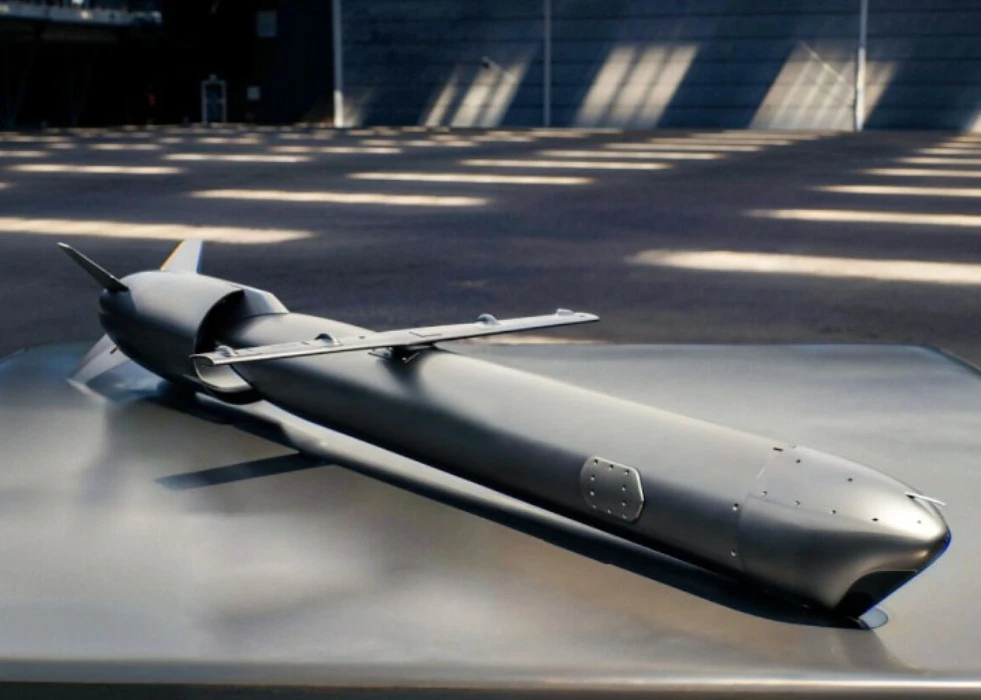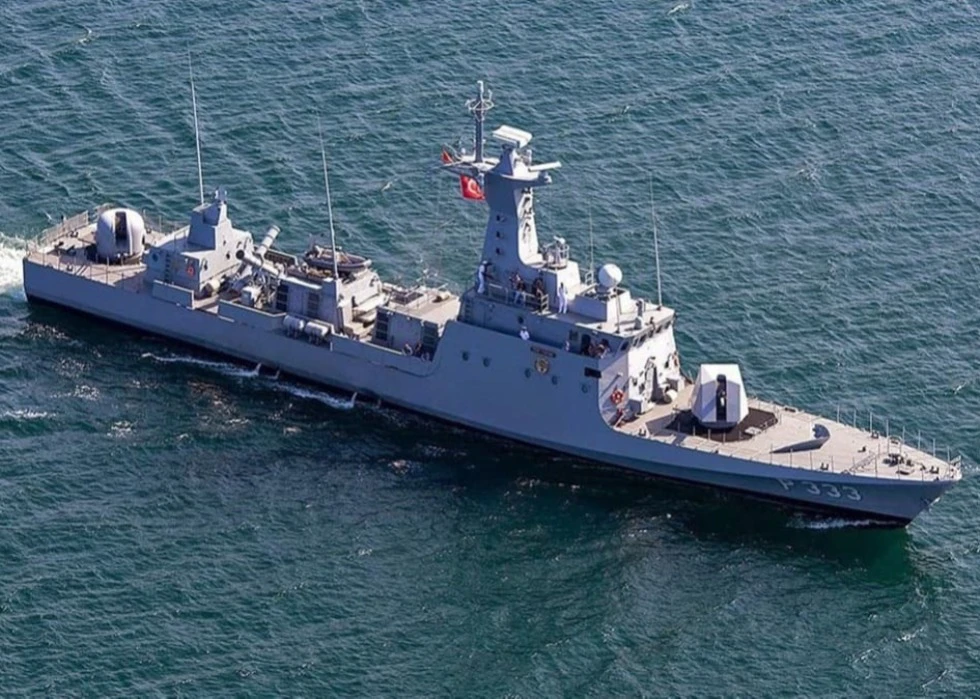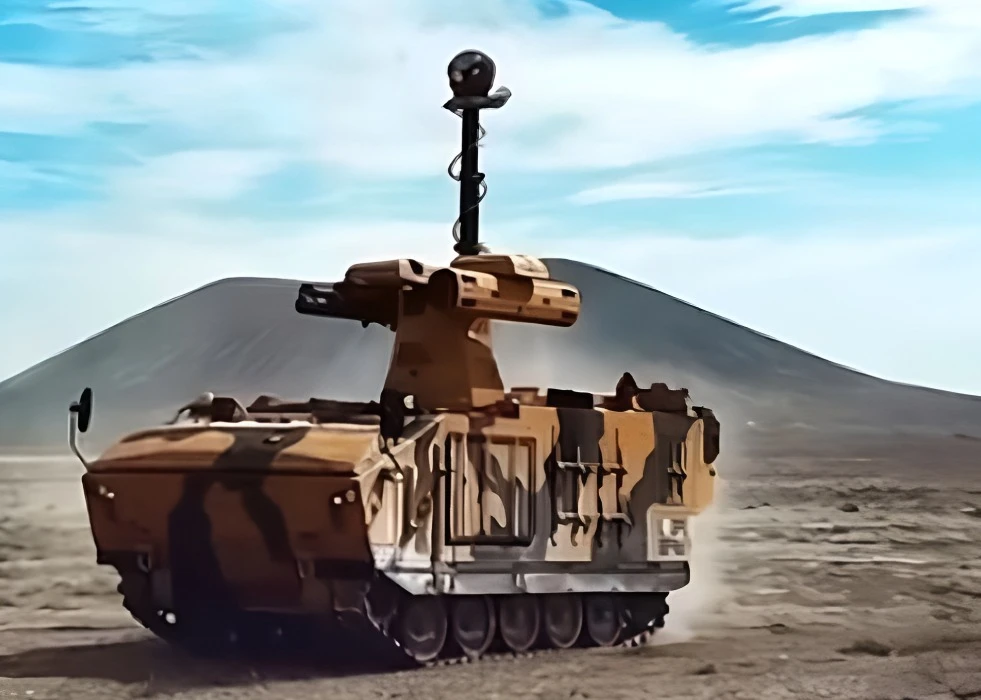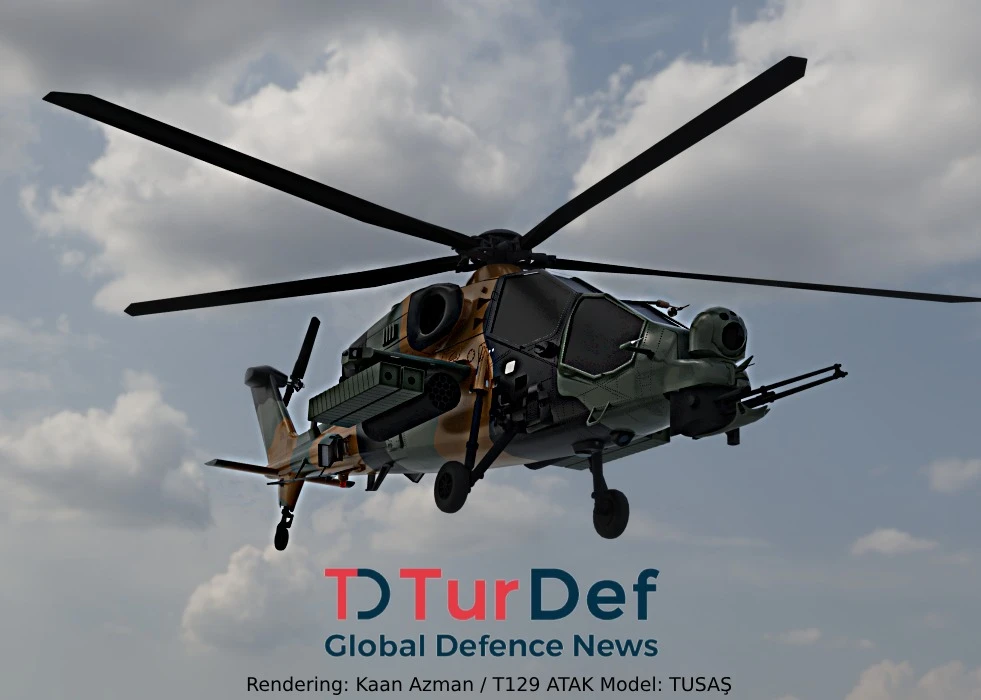During a media briefing in Tokyo, General Charles Flynn from the U.S. Army confirmed the deployment of medium-range missiles in the Indo-Pacific.
Flynn previously stated the plans to deploy the Typhon weapon system, a trailer-based Mk41 VLS, to launch BGM-109 Tomahawk cruise missiles or SM-6 air defence missiles in the region.
With the withdrawal from the INF Treaty, the U.S. has increased its investments in ground-based missiles with ranges of 1500+ km in the past few years. Some of these include Typhon, LRHW hypersonic missiles, and the OpFires hypersonic weapons programme.
On the other hand, China has never been a member of the treaty and possesses intermediate-range weapons like the CJ-10 cruise missile, the Manouvreable warhead-armed DF-21 ballistic missile, and the hypersonic glider carrying DF-17.
Other native actors in the region, like Japan and Taiwan, are also arming themselves with intermediate-range missiles. Japan and Taiwan are known to be developing land-attack cruise missiles akin to the Tomahawk missiles in terms of range and payload with ground-based launch in mind.
With the big picture of the region in terms of the ambitions for intermediate-range missiles, it is understood that a new page on the arms race of the Indo-Pacific is opening. The ability to threaten military, political, and economically important areas from such ranges is a kind of deterrence desired by both sides for different reasons.
In the case of the U.S., Taiwan, and Japan, the point is to deter China by threatening ports, factories, and warships to keep the threats of military operations at bay.
For China, these weapons are the boosters of a possible military operation that can weaken the defender and tools to threaten bases, acting as a deterrent.
U.S. Army Deploys Medium-Range Missiles in Indo-Pacific
